Few things bring as much joy to a backyard as the flutter of wings, a chorus of songs, and the sight of colorful feathers darting through trees. Attracting birds isn’t just a treat for nature lovers—it also supports local ecosystems by providing safe spaces for birds to feed, nest, and rest. The good news? You don’t need acres of land to create a bird-friendly space. By thoughtfully adding certain features, you can turn your backyard into a year-round haven for feathered visitors.
Here are six backyard features that attract birds in every season, along with tips for making your garden a true bird sanctuary.
1. Native Plants for Food and Shelter
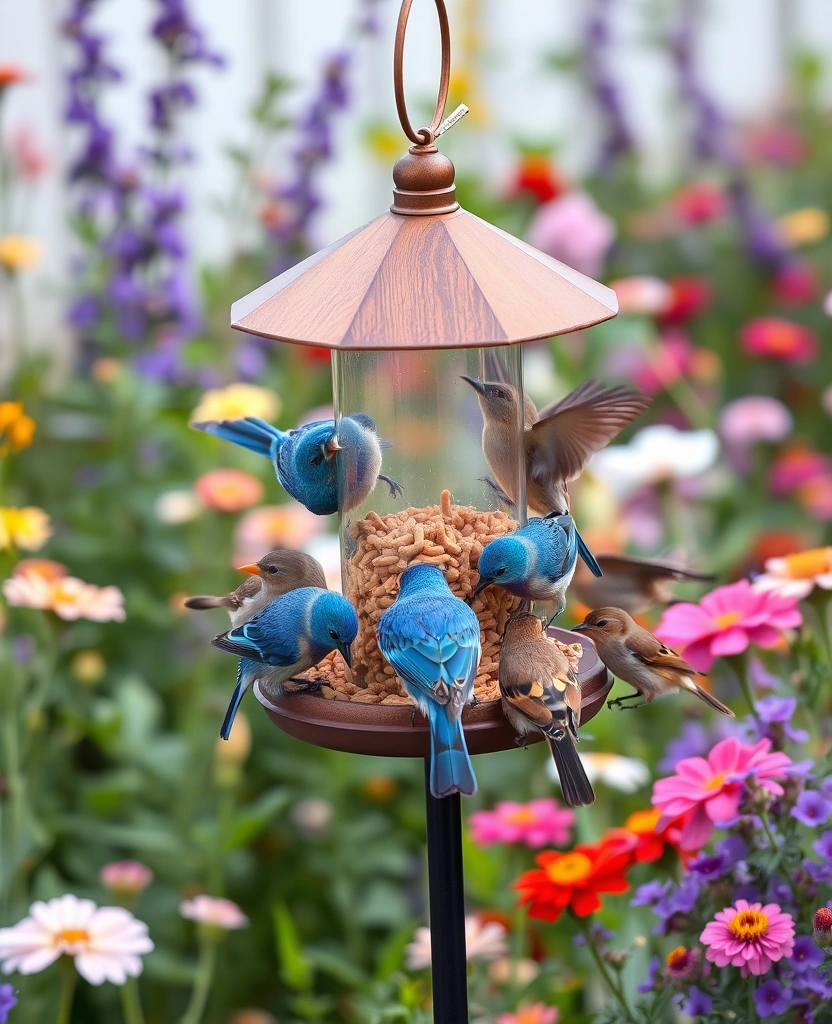
One of the simplest yet most powerful features you can add to your backyard is a diverse selection of native plants. Birds have evolved alongside these plants, making them a reliable source of food and shelter throughout the year.
- Why it works: Native plants provide berries, seeds, and nectar that many birds rely on. They also attract native insects—an essential protein source for baby birds.
- Examples:
- Berry bushes: Serviceberry, elderberry, and viburnum provide fruit in different seasons.
- Seed producers: Coneflowers, black-eyed Susans, and native grasses.
- Evergreens: Junipers and hollies offer shelter and winter berries.
- Pro tip: Plant in layers—trees for canopy cover, shrubs for nesting, and flowering perennials for pollinator activity. This structure mimics a natural habitat and increases bird diversity.
2. Bird Feeders for Supplemental Food
While native plants should form the foundation of your bird-friendly landscape, feeders are an excellent supplement—especially in harsh winters or during migration when food is scarce.
- Why it works: Feeders provide consistent food sources, helping birds conserve energy in extreme conditions.
- Types of feeders:
- Seed feeders: Attract cardinals, sparrows, chickadees, and finches.
- Suet feeders: Loved by woodpeckers, nuthatches, and wrens.
- Nectar feeders: Essential for hummingbirds in spring and summer.
- Platform feeders: Attract larger birds like jays and mourning doves.
- Pro tip: Keep feeders clean to prevent disease spread, and position them near shrubs or trees for cover from predators.
3. A Reliable Water Source
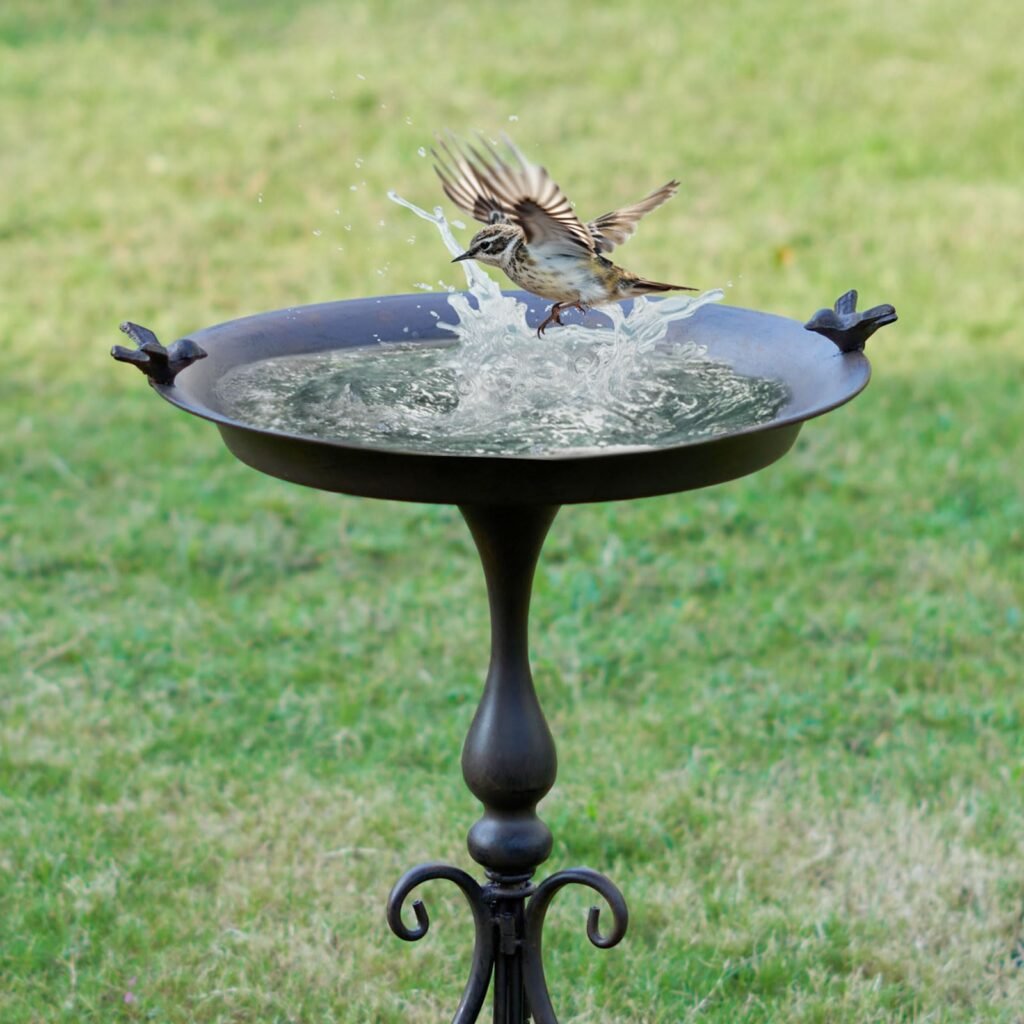
Water is often more important than food for attracting birds, particularly in hot summers and frozen winters. A birdbath or small pond ensures your backyard remains a destination year-round.
- Why it works: Birds need water for drinking and bathing to keep their feathers clean and flight-ready.
- Options:
- Traditional birdbaths: Affordable and easy to maintain.
- Moving water features: A fountain or dripper attracts more birds, since they’re drawn to the sound and movement.
- Winter-friendly setups: Heated birdbaths prevent freezing, ensuring birds have water in the coldest months.
- Pro tip: Place water sources in open areas but within quick reach of shrubs or trees for safety. Refresh water daily, especially in summer.
4. Birdhouses and Nesting Sites
Providing a safe space for birds to nest and raise their young is one of the most rewarding features you can add. Birdhouses and natural nesting sites help ensure birds return to your yard year after year.
- Why it works: Many bird species struggle to find safe nesting spots due to habitat loss. Offering secure shelters supports their breeding cycles.
- What to include:
- Birdhouses: Tailor entrance hole sizes to attract species like bluebirds, chickadees, or wrens.
- Natural nesting materials: Leave brush piles, twigs, or small patches of uncut grass.
- Evergreens: Provide excellent winter roosting spots.
- Pro tip: Place birdhouses away from feeders to reduce competition and predator risk. Clean them out annually before nesting season begins.
5. Shelter and Safety Features
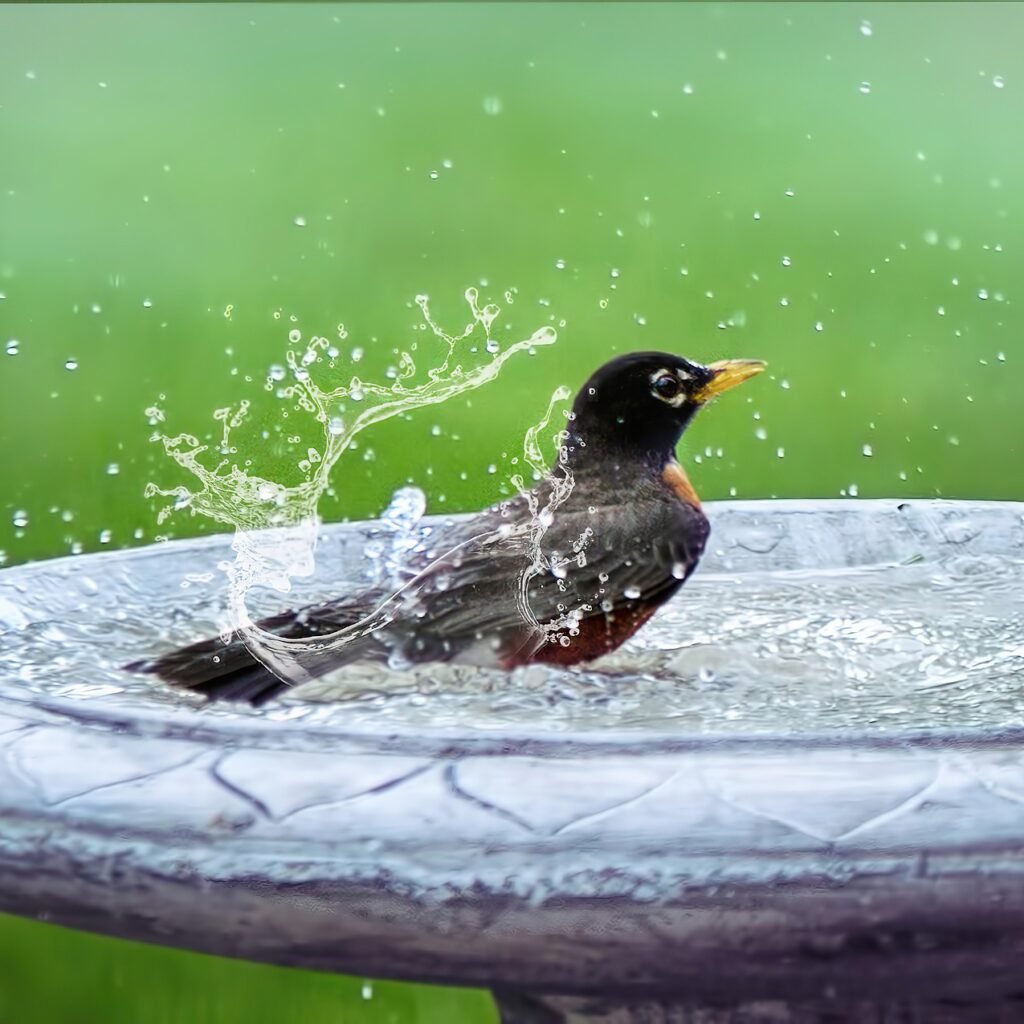
Birds need places to hide from predators, rest between feedings, and seek protection during storms. Creating safe shelter zones makes your yard more inviting all year.
- Why it works: Shelter reduces stress for birds and makes your yard a reliable stop in their daily routines.
- Ideas for shelter:
- Hedges and thickets: Dense shrubs like hawthorn, viburnum, or native dogwood.
- Evergreen trees: Year-round cover from wind and snow.
- Brush piles: Use fallen branches or leaves to create natural hideouts for smaller birds.
- Pro tip: Position shelter near feeding and water stations but with enough distance to discourage ambushes from cats or hawks.
6. Seasonal Food and Habitat Planning
Attracting birds isn’t just about one season—it’s about year-round support. Planning your backyard for seasonal shifts ensures a continuous flow of visitors.
- Spring: Plant early-blooming flowers like redbud or crabapple to provide nectar for migrating hummingbirds and insects for insect-eaters.
- Summer: Keep nectar feeders filled, and let some flowers go to seed for finches and sparrows.
- Fall: Include fruiting shrubs like dogwood and chokeberry to fuel migration.
- Winter: Rely on evergreens, seed heads, and feeders with high-fat foods like suet and sunflower seeds.
- Pro tip: Avoid cutting back all plants in fall—leave seed heads and ornamental grasses standing through winter for both food and shelter.
Extra Touches to Make Your Backyard Bird-Friendly
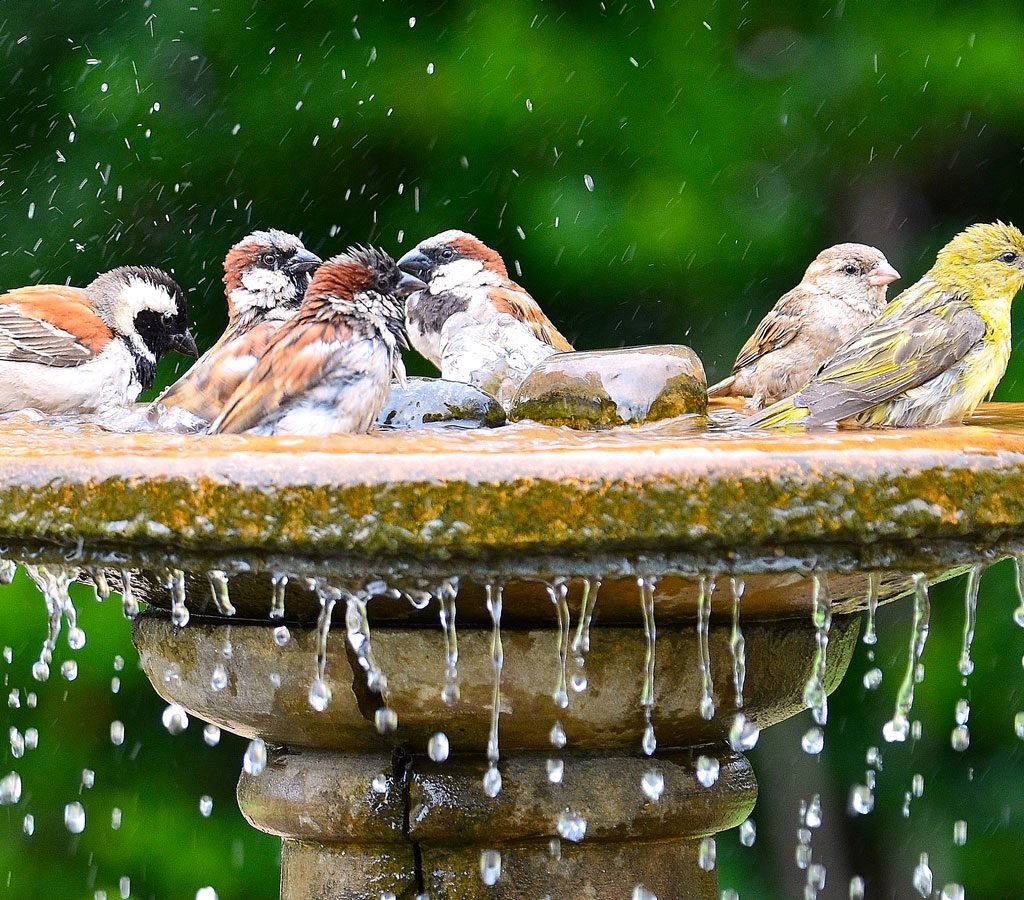
- Avoid pesticides: They harm insects, which are critical food sources, and can poison birds directly.
- Provide grit: A small tray of sand or fine gravel helps birds digest seeds.
- Use native landscaping: In addition to food, native plants support pollinators, which indirectly benefit insect-eating birds.
Final Thoughts
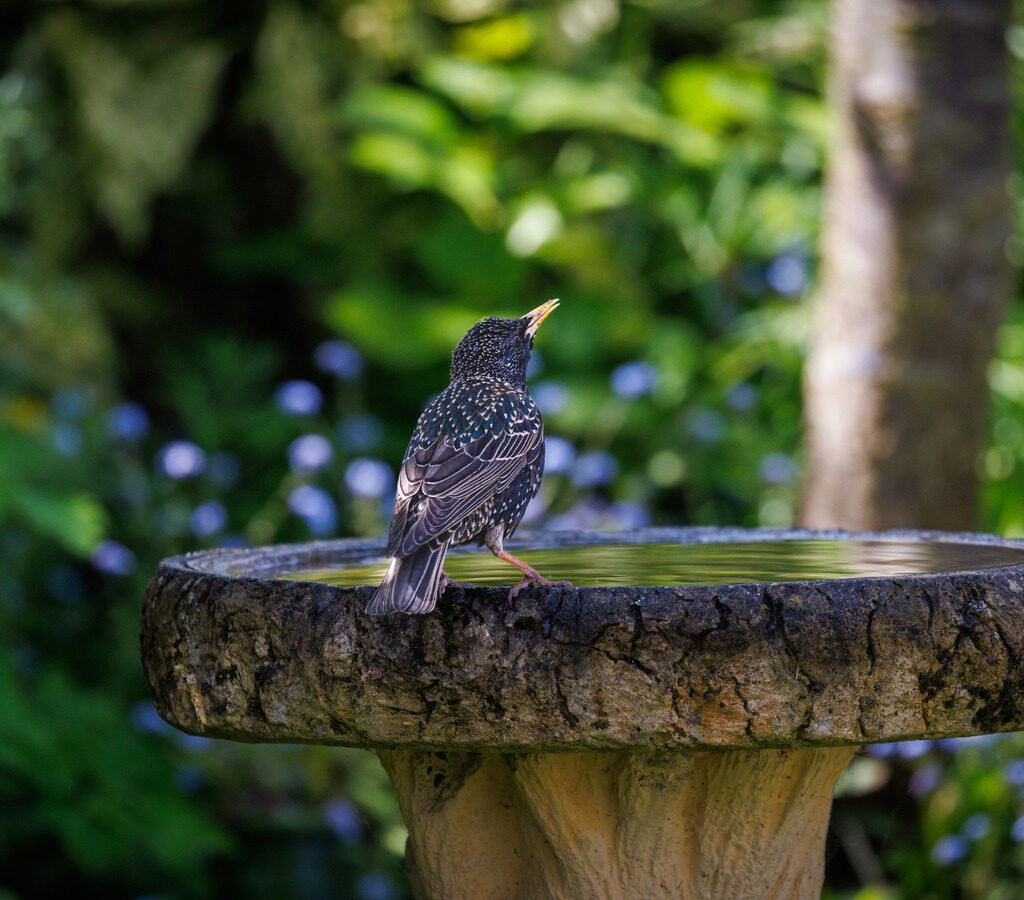
Attracting birds year-round requires more than just hanging a feeder—it’s about creating a balanced habitat with food, water, shelter, and nesting spaces. By incorporating these six features—native plants, feeders, water sources, birdhouses, shelter, and seasonal planning—you can transform your backyard into a sanctuary that birds will rely on through every season.
Not only will your yard become a lively hub of activity and song, but you’ll also contribute to local biodiversity, helping birds thrive despite challenges like habitat loss and climate change. With just a few intentional features, you’ll enjoy a backyard alive with feathers, color, and melody all year long.
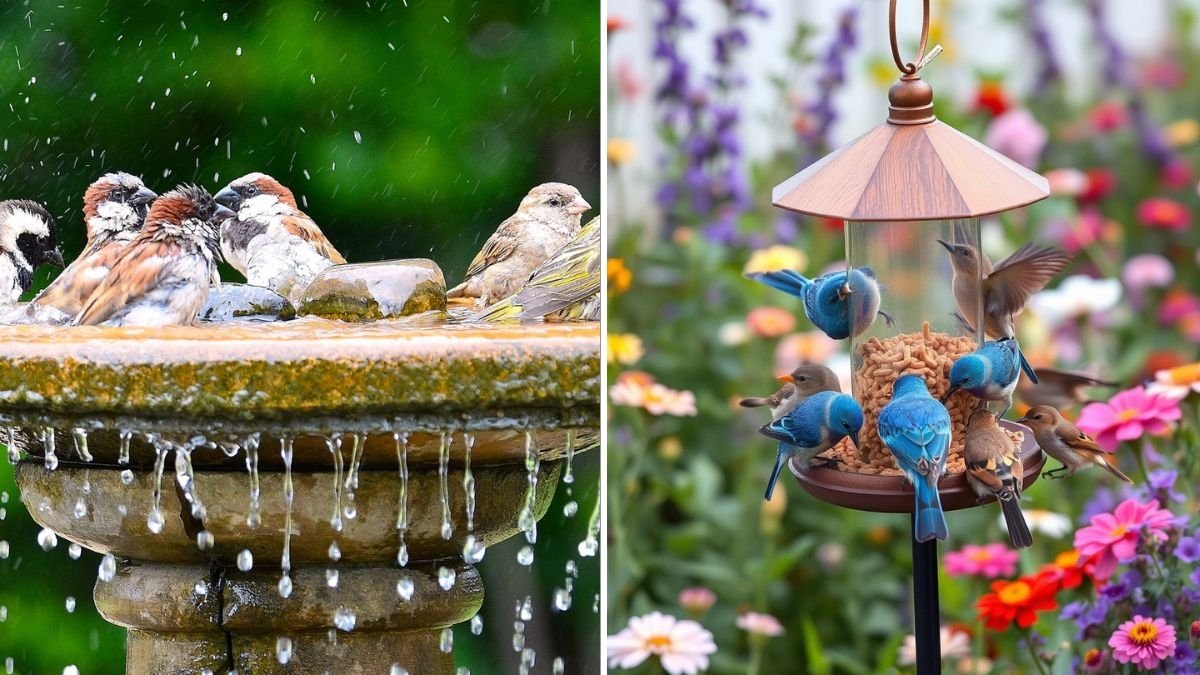

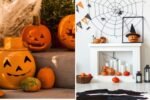
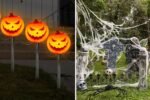

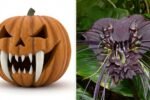
Leave A Comment